Canning Smoked Fish – Salmon, Blue, Mackerel, Trout
This page may contain affiliate links. More Information.
Canning smoked fish starts with the smoking process. And here I get help from Bill at Smoker-Cooking.com. Fish that has been smoked the standard way will end up being very dry after pressure canning, so you will want to shorten the process.
A lightly smoked fish that is appropriate for canning will also need to be processed right away. It is not safe to eat as is. Here is a page if you are preserving fish that is not smoked. The procedures are slightly different.
First, I’ll share Bill’s suggestions for smoking your fish, then I get into the canning instructions below.
What about canning smoked fish in a water bath canner? Like all other canning meat projects, smoked fish must be canned in a pressure canner, NOT a water bath canner, in order to be safe.
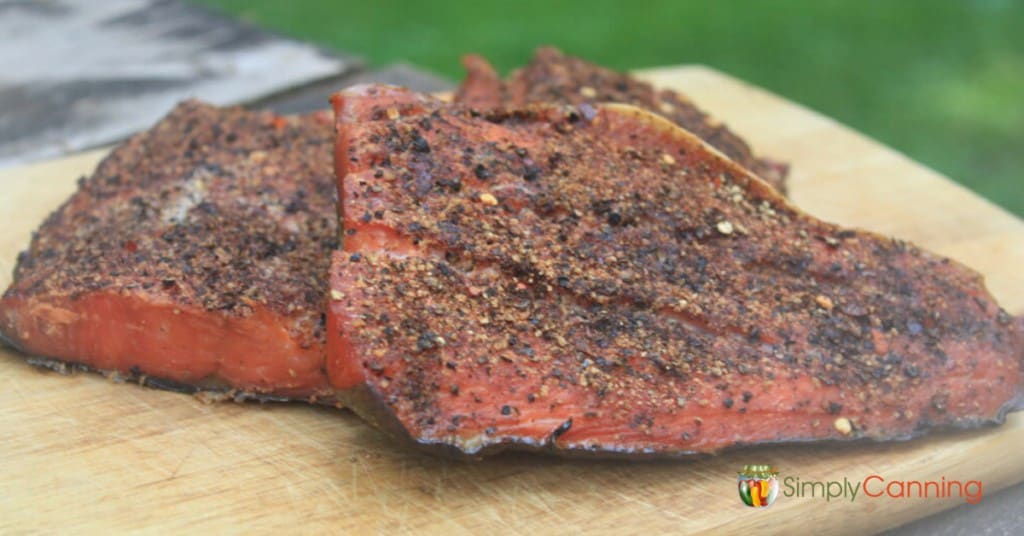
This Page Includes:
Canning Smoked Fish: Extended, Step-By-Step Directions
Guest Post from Bill of SmokerCooking: These directions on how to smoke fish for canning are shared by Smoker-Cooking.com. Check out this page for some smoked salmon recipes. Thanks, SmokerCooking!
How to Smoke Fish
When you are canning smoked fish, the process is different than when you are making ready to eat smoked fish. Fish that are smoked in preparation for the canner are partially cooked. Heat from the canning process brings the fish to the desired stage of doneness.
Use only fresh, good quality fish for the canner. Clean the fish, removing all traces of blood. Remove the scales, or skin the fish if desired.
Fillet the sides of the fish from the backbone. Small bones can be left in or removed as desired.
Using a pint jar as a guide, cut the fillet into pieces that will fit vertically into the canning jars, but about an inch shorter than the jar height. Try to keep the pieces close to the same thickness so they’ll cook evenly when smoked.
Brining the Fish
Before smoking the fish, it needs to be brined in salt water. Use a concentration of 1 cup salt in 7 cups of water per each 3 to 4 pounds of fish pieces. Thinner pieces, up to 1/2 inch thick stay in the brine 5 to 10 minutes. Over 1/2 inch get 30 to 45 minute of brining time. The salt water brining is important because it prevents spoilage.
Remove the fish from the brine, pat dry with clean towels, and allow to air dry on a cooling rack until the outer surface dries a bit. When it feels just barely tacky, it’s ready for the smoker.
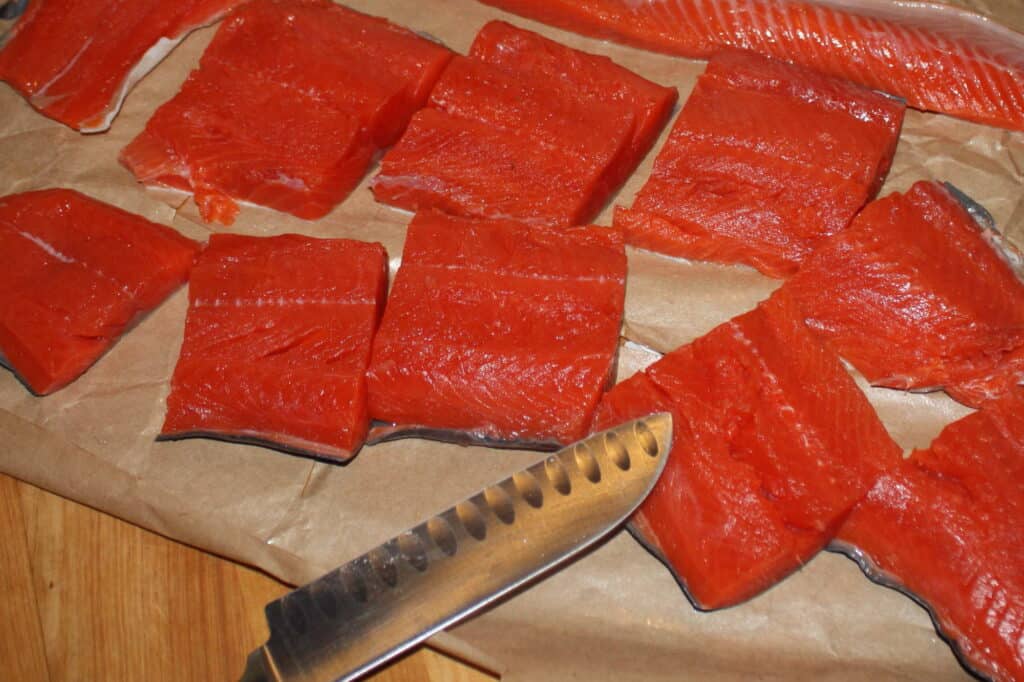
Smoking the Fish
The smoker temperature needs to be low enough that the fish can be in the smoker long enough to get the desired flavor, while being minimally cooked. A temperature in the range of 140 to 160 degrees Fahrenheit is ideal fish going into the canner.
The popular Big Chief and Little Chief smokers operate at about 170 degrees on a calm day of 70 degrees or so, which would be fine for smoking fish for canning. If it’s colder outside and the smoker runs cooler, that’s okay too. Smoking time will be a bit longer.
Fill the pan with the desired amount of your favorite wood. Follow the smoker manufacturers’ recommendation for amount of wood for best results. A favorite wood for smoking salmon is alder. Smoke the fish until it’s ready for the canner.
How do you know when your smoked fish is ready for the canner? Instead of going by internal temperature, as you would for ready to eat smoked fish, it’s determined by weight loss.
Weight loss is moisture loss, and as the fish dries, its texture becomes more suitable for canning. For good quality, moist canned smoked fish, a 10% loss of weight is what you’re looking for. If a drier fish is preferred, shoot for a weight loss closer to 12.5%.
To determine the percentage of weight loss, start by weighing the fish right before smoking fish. Small kitchen scales are fine to use. Steps to determine weight loss percentage are:
- Weigh a piece of fish before it’s smoked and record the weight.
- After a time in the smoker, remove the piece and weight it again.
- Subtract Step 2 weight from Step 1 weight. This is the weight loss.
- Divide the lost weight by the starting weight.
- Multiply by 100 to get the percentage of weight loss.
Here’s an example.
- 8 ounces – (pre-smoked fish weight)
- 7 ounces – (weight after smoking)
- 8 minus 7 = 1 ounce (weight loss)
- 1 ounce divided by 8 ounces = 0.125
- 0.125 x 100 = 12.5% (total weight loss)
This smoked fish would be slightly dry after canning.
One thing to remember about canning smoked fish is that the oilier the fish, the more moist it will be. An oily fish, like good salmon, will be more moist when dried to 12.5% weight loss than a less oily fish would be. Fish that have a lower oil content are generally drier in texture after canning.
Canning Smoked Fish
Fish must be prepared in 1/2 pints or pints.
Remember, smoked fish must be processed in a Pressure Canner.
Gather your canning supplies:
- pressure canner
- canning jars
- canning seals and rings
- jar lifter and canning funnel
- towels and dish cloths
Ingredients:
Lightly smoked fish
Procedure:
Cut fish into jar-length pieces.
For this recipe, use more water in your pressure canner than normal. Add 4 quarts water to the pressure canner. This is important according to the USDA recommendations. It changes the heating up and cooling down times.
For this recipe also you won’t heat the water in the canner prior to processing. Usually, you want the canner hot but not boiling when the jars go in the canner. But NOT for smoked fish. In this case, water from your tap goes into the canner and the jars go in that temperature of the water. And it should just be cold water. You don’t have to let the water get hot first. This is according to the National Center for Home Food Preservation so it is a tested method of canning specific to smoked fish.
Pack fish into hot jars, leaving 1-inch headspace. Wipe rims and place your canning lids. Place lids and process according to pressure canning instructions. (Remember, this recipe uses more water in your canner.)
Process pints or half pints 1 hour 50 minutes. Do not can this in quarts. There are no tested methods for quarts. Don’t forget to adjust your pressure for your altitude using the chart below.
Recipe Card
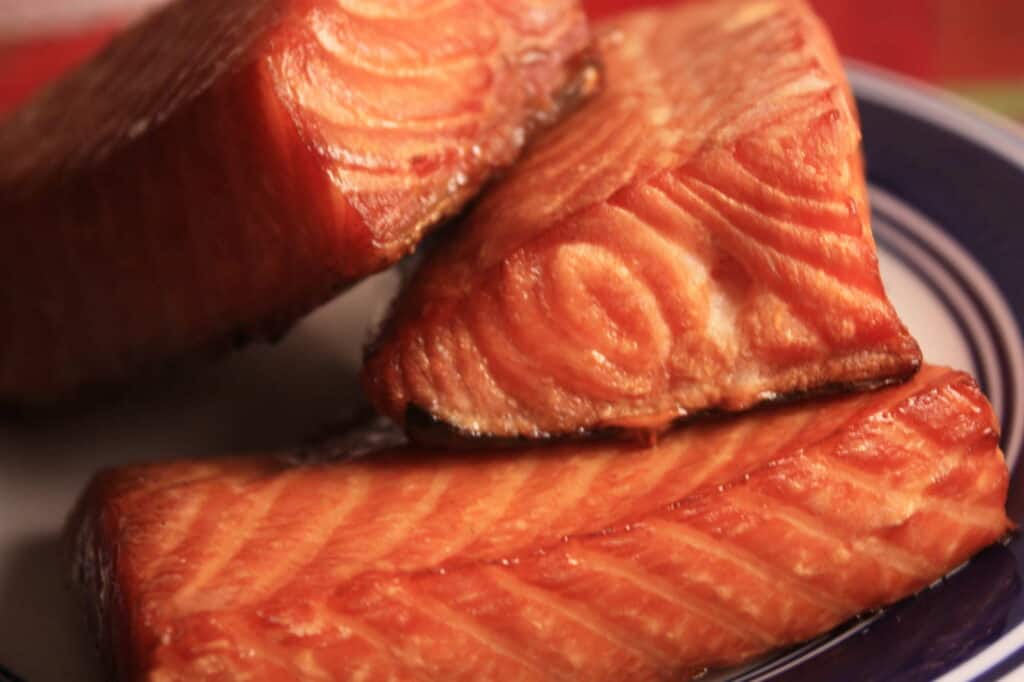
Related Pages
Canning Fish: Salmon, Blue, Mackerel, Trout…
Ever wanted to try canning fish? Here’s how to pressure can fish safely!
Canning Meat
Can meat to make shelf-stable food for emergencies or quick meals.
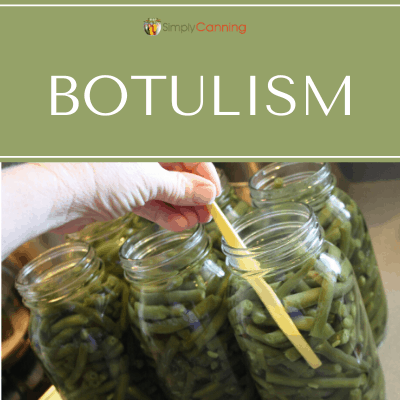
What is Botulism?
Botulism is food poisoning caused by improper processing and handling. Thankfully, it’s very easy to avoid it with some common sense and best practices.
Source: The National Center for Home Food Preservation
Page last updated: 7/9/2021



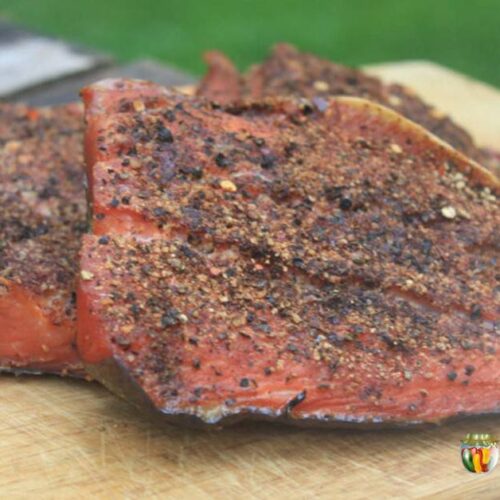
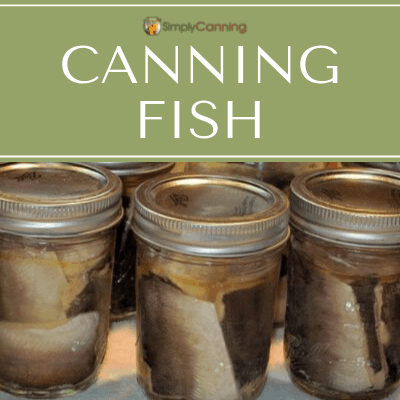

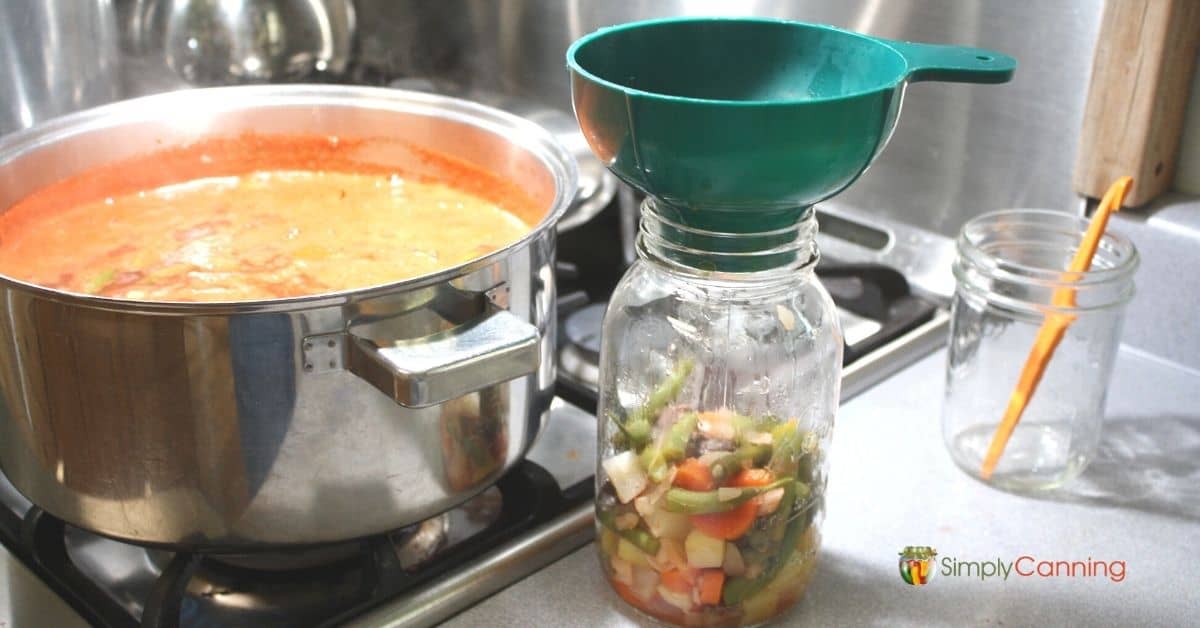
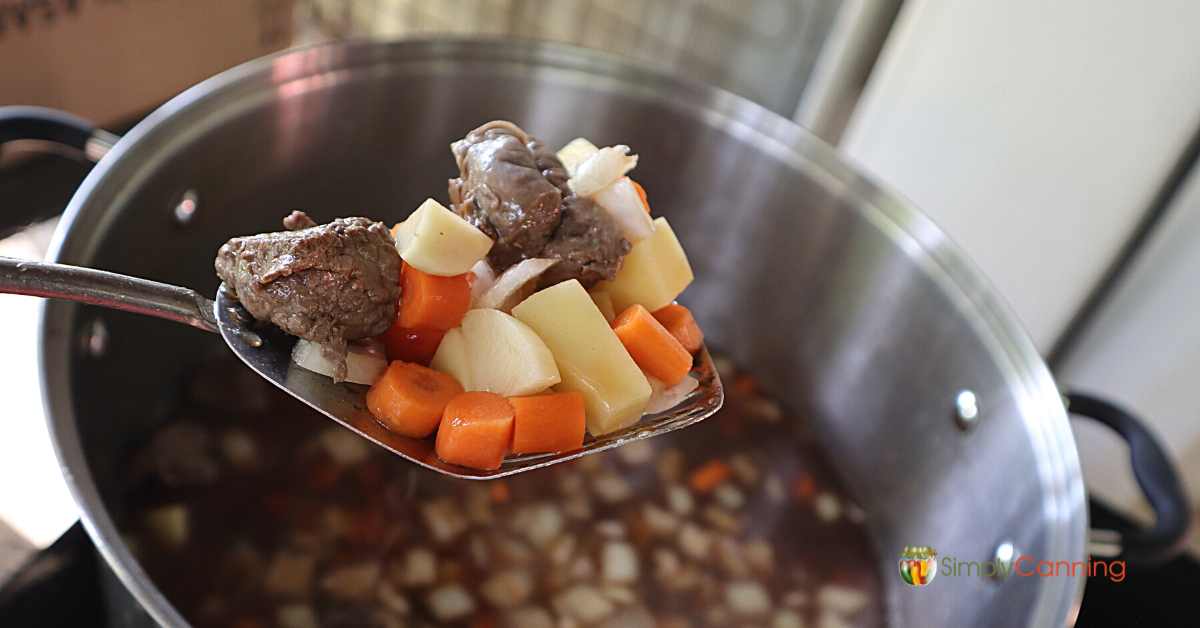


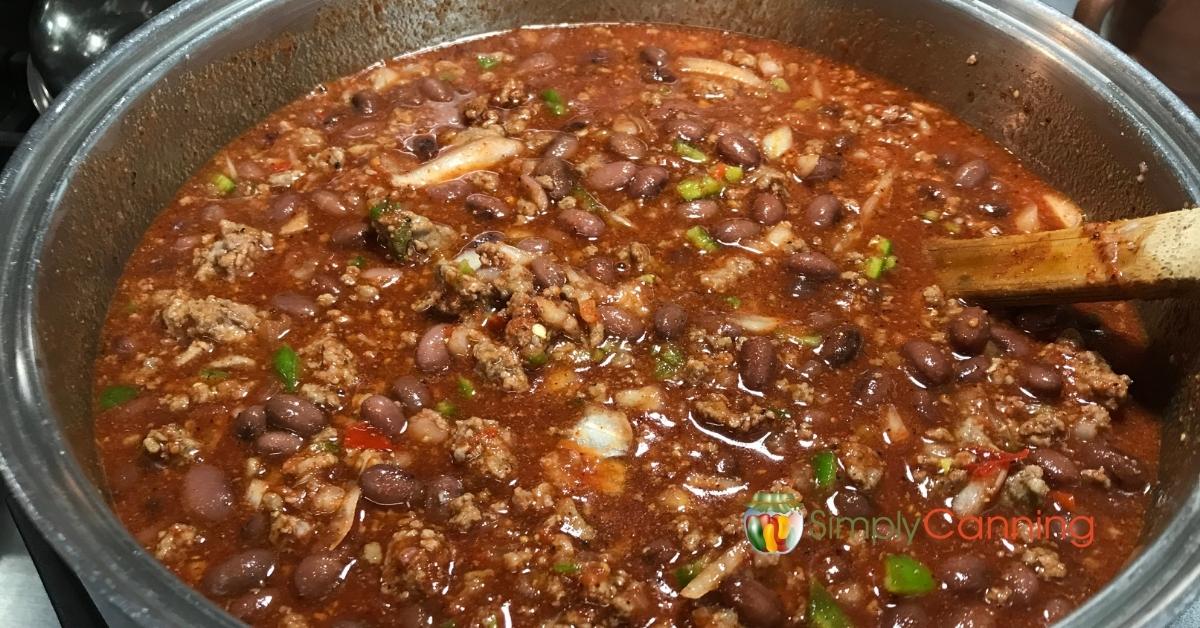
I don’t know about weight loss, but any fish cold smoked over two hours then canned will be most likely not edible. Alder or apple wood. Hickory will ruin your fish. Light smoke. Canning will enhance the smoke flavor. Smoke it 6-12 hours you may as well lick the inside of your smoker. That’s what it’s gonna taste like.
Can previously frozen fish be canned? What about smoking and canning.
THANKS
Yes, you’d need to just thaw and then follow canning instruction as usual.
hello. I was wondering why you dont add liquid to smoke salmon during the canning process? plain salmon makes it own juice. but smoked salmon is dry. can i add some liquid to mine?
Hi Rhonda, the way the recipe was tested was with no liquid. I don’t recommend adding liquid. I’m not sure why there is no liquid added. It does seem like smoked fish would be drier. But I would not stray from the way it is proven safe.
Ok. Thank you. I did can it with a tsp of oil and it seemed to be fine. But it is a little dry.